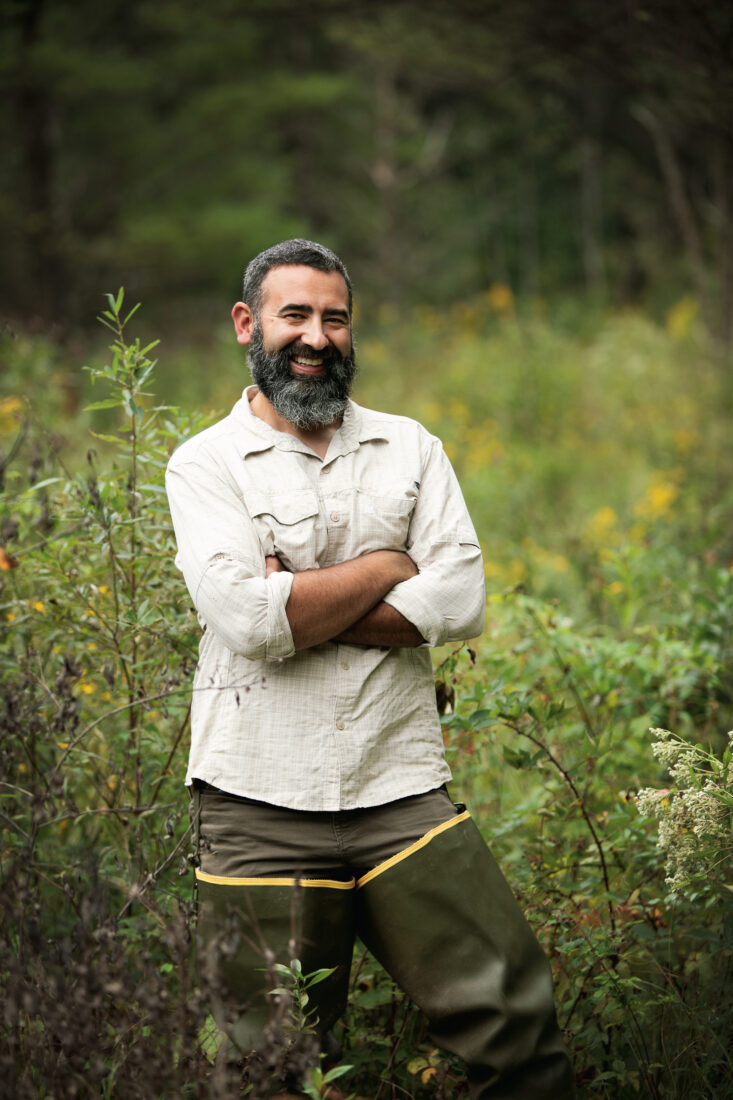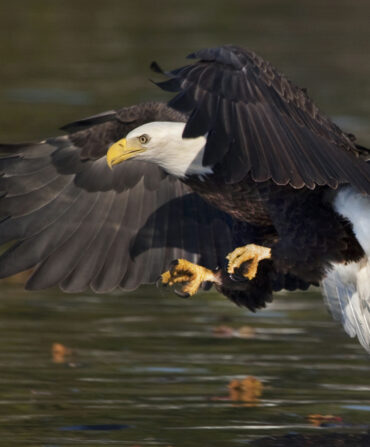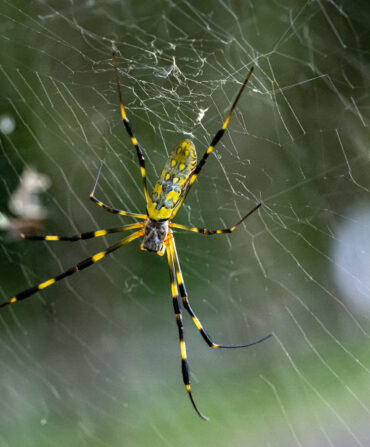For JJ Apodaca, a liter water sample holds a wealth of secrets: In his Asheville lab, he sieves out skin and other cells sloughed off by passing fish, amphibians, and reptiles and sequences the DNA within to decipher an ecosystem. “Knowing which species are in that particular place provides the first piece of the puzzle,” Apodaca says. “We can’t protect something until we know where it is.” The technique, using what’s called environmental DNA, or eDNA, emerged recently, and the Florida-raised herpetologist uses it and other genetic tools to conserve some of the South’s most endangered species.
In 2016, Apodaca started Tangled Bank Conservation, a consulting firm providing genetic analysis to inform conservation and management plans. He then joined the nonprofit Amphibian and Reptile Conservancy (ARC), where he now serves as executive director, and scaled up the organization’s vision to identify the country’s last remaining strongholds of amphibian and reptile diversity.
Those spots, called PARCAs, or Priority Amphibian and Reptile Conservation Areas, concentrate in the South. In the thirty or so with active projects, Apodaca’s genetic work guides boots-on-the-ground efforts. Within Alabama’s Bankhead National Forest PARCA, for instance, two endangered species—the flattened musk turtle and the Black Warrior waterdog— share a habitat in the Black Warrior River watershed. After using eDNA to detect the few isolated spots where the species endure, ARC is reconnecting populations by removing hanging pipes, knocking back invasive species, and reinforcing eroding banks. In South Carolina’s Francis Marion National Forest PARCA, Apodaca and his team found the only wetlands where gopher frogs have survived, took skin samples, and used genomic sequencing to analyze the populations’ diversity. Now they comb vegetation for frog eggs, raise the tadpoles to thriving froglets, and release them back into ponds. In Southern Appalachian PARCAs, Apodaca uses eDNA to monitor the presence of hellbenders—wrinkled river salamanders up to two feet long—and of bog turtles, the country’s smallest and rarest turtle.
For Apodaca, each animal he works with tells an ancient story of evolution. “When you encounter a native amphibian or reptile, whether in a cold Appalachian creek or under a log in the gum swamps of South Carolina, you are coming face-to-face with the deep history of the South,” he says. “That creature is a reflection of the amazing adaptations that helped its ancestors to thrive, from box turtle shells to the bright red coloration of a salamander, and, yes, even to the rattle of an eastern diamondback. They represent the places we love, and they belong in our landscapes.”
* * *
Expertise: Genetics
Location: Asheville, North Carolina
Executive director since: 2021
Discovery channel: In 2019, Apodaca detected a new species of amphibian, the Hickory Nut Gorge green salamander, in a fourteen-mile-long canyon in the Blue Ridge Mountains.
Read about all ten Champions of Conservation.








